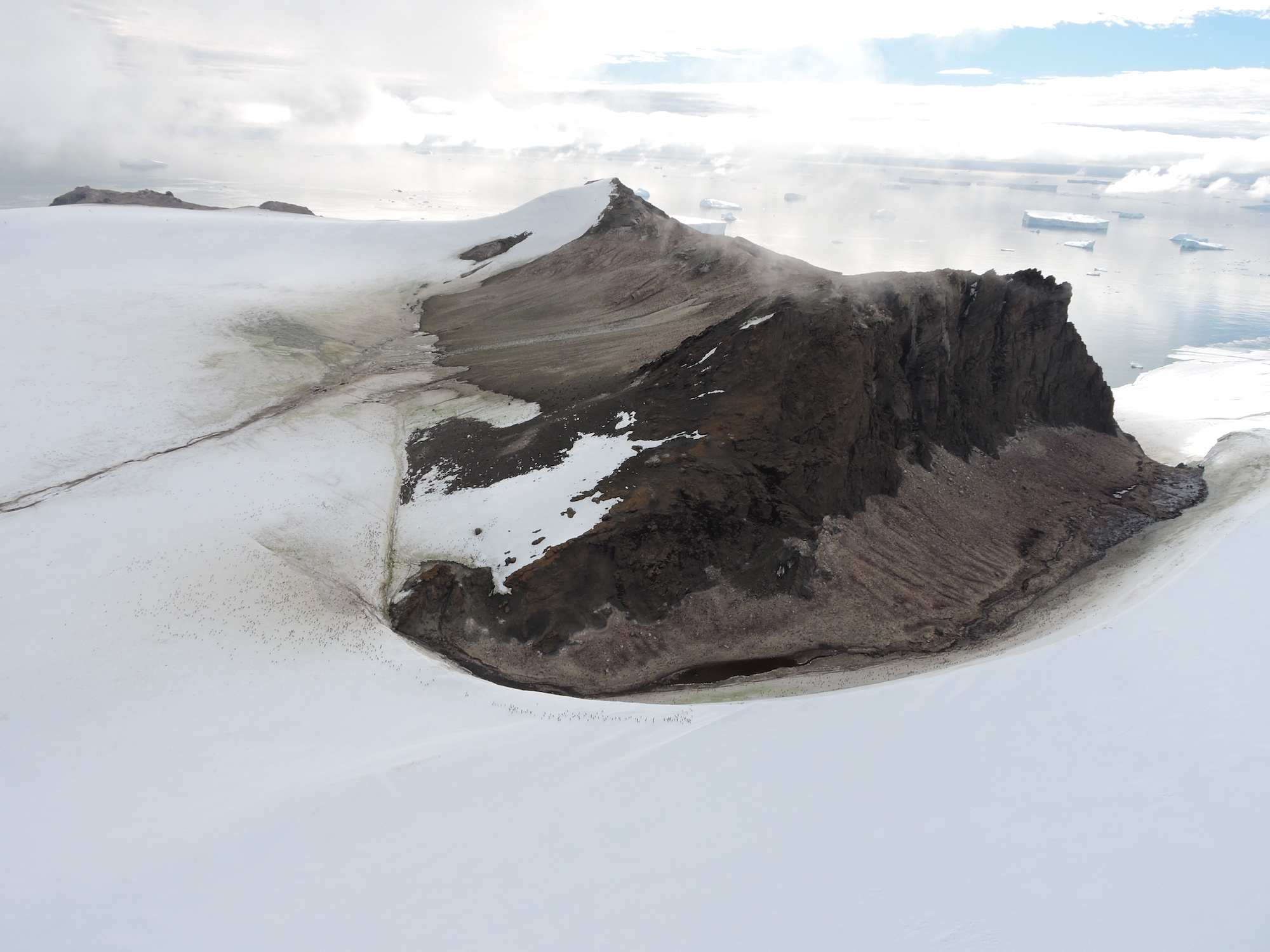 Earth & Space
Earth & Space
Big changes ahead for Antarctica’s plants and animals
Antarctica’s ice-free areas, home to nearly all the continents flora and fauna, are set to transform dramatically with climate change, which could mean big changes for these species.

Antarctic species don't just include the charismatic marine animals, such as killer whales, penguins and seals. There is actually a whole range of purely land-based animals and plants that spend their whole life-cycle on the frozen continent. These include moss and lichen, microbes and many tiny invertebrates, such as rotifers, springtails, tardigrades, and nematodes. Nematodes are found all over the planet and play a very important role in maintaining soil health, they look like tiny micro-worms. Springtails have a little "spring" on their tails called a furca that allows some species to jump so high it would be equivalent to a human leaping over a thirty-floor building. All Antarctic species are amazing because they have uniquely adapted to survive in the coldest, driest and windiest continent on earth.
Because of these conditions, the majority of fauna and flora live only in the 1% of Antarctica that is permanently ice-free. These ice-free rock outcrops form small patches of suitable habitat in a sea of ice, hence they are kind of like islands for Antarctic species. However, with climate change, the rising temperatures will cause ice to melt around Antarctica's coastlines. This melt will expose new ice-free areas underneath. In our study, we modeled how much new ice-free area may be exposed under different climate change scenarios.
We found that over 17,000km2 of new ice-free area could be exposed by the end of this century under the most severe climate change scenario (and the one that global emissions are currently tracking). This would increase the amount of ice-free area in Antarctica by a quarter. Most of this new ice-free land will be located in the Antarctic Peninsula, which is the part of the continent that juts out towards South America. The amount of ice-free area in the Peninsula could more than triple by 2100.
What does this mean for the springtails and moss? Well, the expansion of ice-free areas means that there will likely be more habitat available to native Antarctic species. The distance between the ice-free patches will also decrease (because they are growing in size), which will increase connectivity for the species that live in each ice-free island. These changes are both good and bad. They are good because they provide new opportunities to the native plants and animals, however, these opportunities will also be available to non-native, or alien, species.
Globally, invasive species such as cane toads in Australia, or kudzu (an invasive vine) in Europe can decimate the local species and ecosystems. Even the words most pristine region - Antarctica - is at risk, where non-native species are one of the greatest threats to the native plants and animals. Currently, Antarctica's supreme protection against aliens is its harsh climate and severe weather, which is too extreme for most species to survive in. However, as climate warms the milder conditions will make it easier for these non-native species to establish and reproduce. They will also be able to utilise the new ice-free areas and increasing connectivity to more easily move around the landscape. How the native Antarctic species will cope with these competitors is largely unknown, though they have spent so long evolving to survive isolated, in extreme conditions, that we expect alien species to be a great challenge.
Is there anything we can do? Yes, asides from mitigating climate change, we can increase biosecurity in Antarctica and carefully monitor for the arrival of non-native species. Human visitors (scientists and tourists) are one of the biggest transporters of non-native seeds and animals to the Antarctic continent, so if we can pinpoint areas that are at particular risk, such as the Antarctic Peninsula, then we can increase biosecurity and monitoring in these areas.
Original Article:
. R. Lee et al., Climate change drives expansion of Antarctic ice-free habitat. Nature 547, 49 (2017)Edited by:
Massimo Caine , Founder and Director
We thought you might like
Ocean acidification and its effects on coral reef growth
Jul 8, 2016 in Earth & Space | 3.5 min read by Rebecca AlbrightResetting nature’s clock: shifting seasons and species relationships
Sep 14, 2016 in Earth & Space | 3.5 min read by Stephen Thackeray , Sarah BurtheThe silent battle of young corals against ocean acidification
Oct 19, 2016 in Earth & Space | 4 min read by Taryn FosterFor polar bears the cost of living is rising
Mar 13, 2018 in Earth & Space | 4 min read by George DurnerMore from Earth & Space
Discovery of the first radiation belt beyond the Solar System
Jan 27, 2025 in Earth & Space | 3.5 min read by Juan Bautista Climent OliverOne million (paper) satellites
Jan 24, 2025 in Earth & Space | 3 min read by Ewan Wright , Andrew FalleVolcanic Ash: A Nutrient Boost for Reef-Building Corals
Sep 18, 2024 in Earth & Space | 4 min read by Frank Förster , Tom SheldrakeAmmonia Energy: A Call for Environmental Awareness
Aug 29, 2024 in Earth & Space | 3.5 min read by Matteo Bertagni , Robert Socolow , Amilcare PorporatoLikely increase in coral thermal tolerance at a Pacific archipelago
Dec 29, 2023 in Earth & Space | 3 min read by Liam LachsEditor's picks
Trending now
Popular topics


